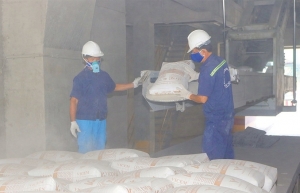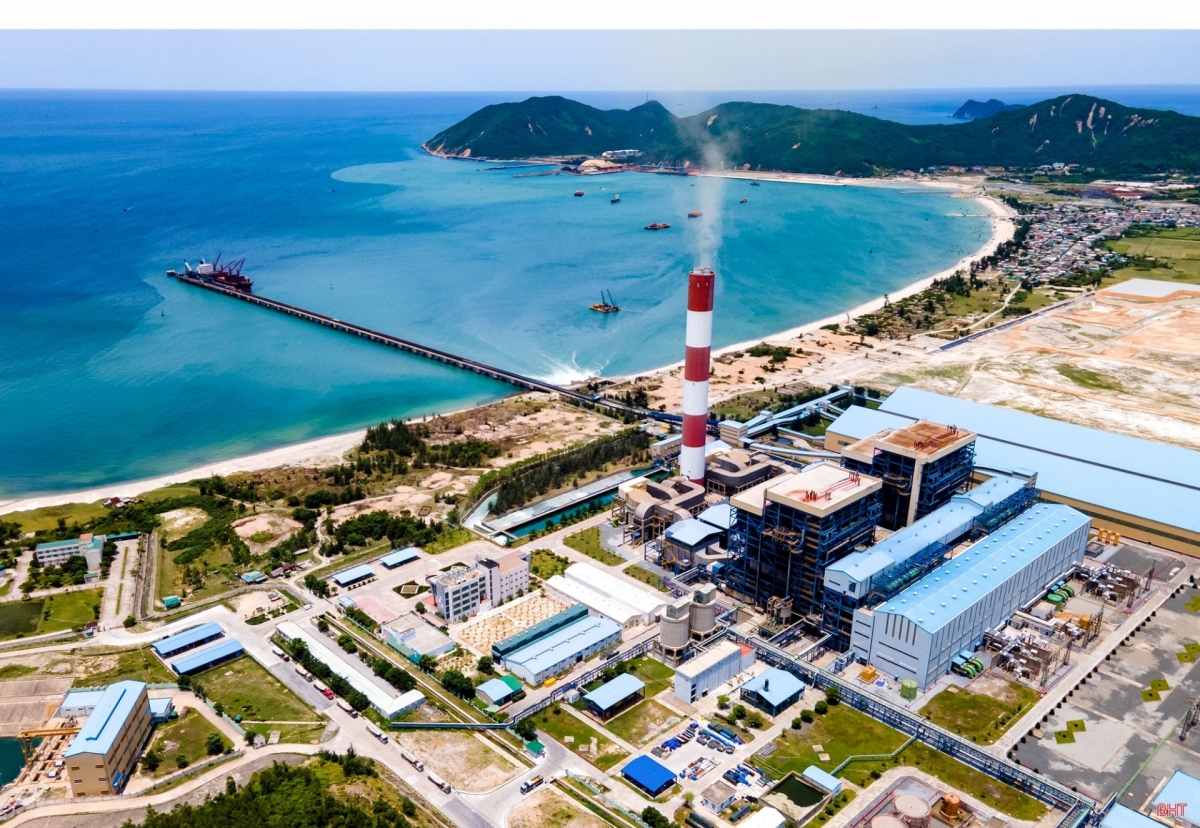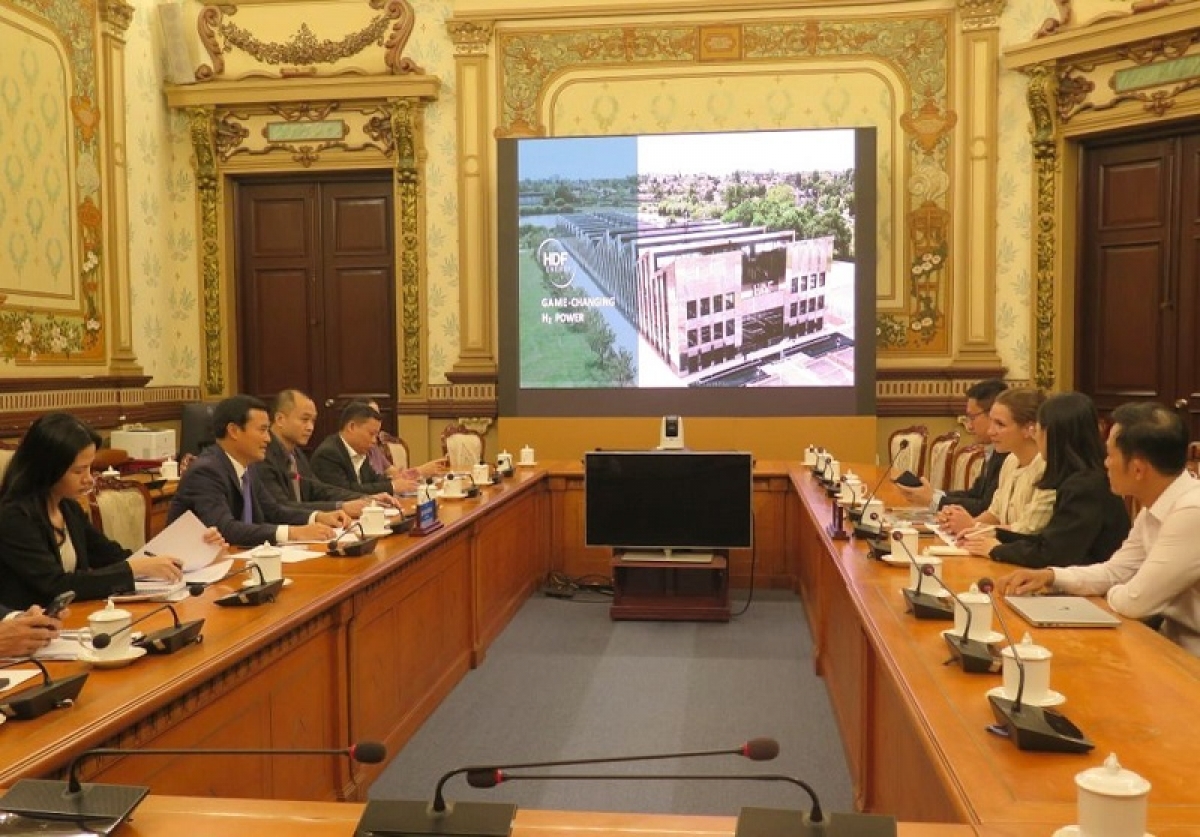INTERNATIONAL INVESTMENT
AND PORTAL
The Vietnam Cement Association has called for foreign investment to be discouraged for new projects, as many cement producers are reporting losses and even face the risk of bankruptcy.
In a report sent to the prime minister, the association (VCA) called for help from banks regarding debt restructuring and interest rate reductions for cement businesses, while noting that new projects in the industry should be put on hold.
“The cement industry is facing great difficulties in production and consumption, and businesses are at risk of bankruptcy or selling parts to foreign partners,” noted the VCA.
This is not the first time cement businesses have called for help. At the end of last year, many informed of the precarious situation, along with seven other associations in the construction materials industry.
 Cement groups lament persistent financial troubles
Cement groups lament persistent financial troubles Last month, the Hanoi Stock Exchange reported that many major names in the industry suffered from negative 2023 profits, such as Bim Son Cement, Vicem But Son Cement, Viet Son Cement, and Vicem Hoang Mai Cement.
“Many companies have continued to reduce productivity or halt kiln operations. Prices of raw materials and fuel inputs for cement production remain high, and retail electricity prices are forecast to continue to increase, while selling prices on the market remain low,” said VCA chairman Nguyen Quang Cung.
Vicem Ha Tien Cement, the largest cement producer in the southern region, announced its business results for Q1 with net sales revenue decreasing by 11.6 per cent compared to the same period in 2023, and a loss of nearly $990 million.
Other large cement producers also reported financial struggles in the first quarter. Bim Son Cement recorded net revenues of VND690 billion ($27.1 million), down 19 per cent compared to the first quarter of 2023. This was the seventh consecutive quarter of losses for the company.
At Vicem But Son Cement, the company’s sale figure in the first quarter went down by 18.34 per cent on-year.
According to a report by the VCA, currently, the country has 61 cement factories in operation with a total design capacity of about 120 million tonnes, while the demand for domestic output is forecast to be about 58-59 million tonnes, an increase of about 2.4-4.5 per cent compared to 2023.
In addition, the export market is increasingly narrowing as China shifts from an importer to an exporter of both cement and clinker. There is also fierce export competition with excess cement and clinker sources from Japan, Turkey, Indonesia, and Thailand.
“At present, domestic producers cannot afford to buy back weak businesses in the industry,” said VCA chairman Cung. “There will continue to be market purification and opportunities for foreign investors in the industry to restructure when they have capital available.”
 Vietnam targets key sectors to cement status as prime investment destination
Vietnam targets key sectors to cement status as prime investment destination To bolster its position as a hub for investment, Vietnam continues focusing on three key areas land infrastructure, human resources, and institutional reform, according to Deputy Minister of Planning and Investment Tran Quoc Phuong.
 Cement export strategies in good stead
Cement export strategies in good stead There has been an upsurge in the intake of cement export orders to the United States, with new faces succeeding in making forays into the demanding market.
By Nguyen Thu



















